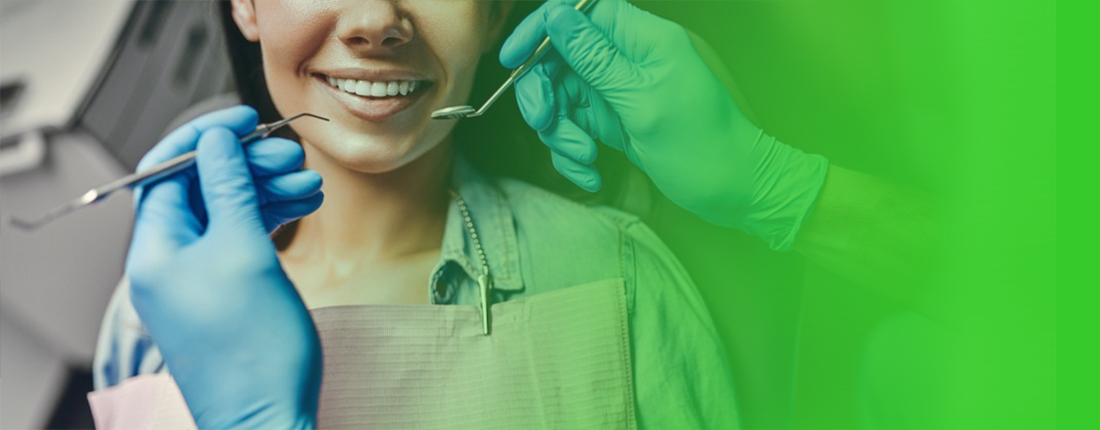444 68 41
We can contact you at the following numbers.
- 0544 868 68 41 Çekmeköy
0542 468 68 41 Kartal - info@radixdent.com.tr
What You Need to Know
Periodontitis
Periodontitis is popularly known as ’gingivitis’. It is a common inflammation of the gums and surrounding bone tissue. It is one of the most common diseases in the world. The reason is periodontal bacteria.
These bacteria are found in every mouth. There are 700 different types of bacteria in a healthy mouth and they live in harmony.
But when their numbers show a severe increase, they become harmful. The increased number of bacteria, combined with food residues, causes plaque formation around and between the teeth. Thus, gingivitis begins, chronic inflammation progresses to the destruction of the bone around the teeth and tooth loss begins.
The disease can be treated if diagnosed. However, very severe forms, especially in young people can cause tooth loss at an early age.
The severity and rate of spread of periodontitis is related to the disruption of certain balances: Type and number of bacteria; the individual's immune system, the presence or absence of risk factors.
For example; aggressive bacteria cause active periodontitis in individuals with low immune system. In addition, smoking, diabetes, some drugs (such as hypertension, vasodilator) affect the immune system affects the formation of gum disease. However, periodontitis does not develop without bacterial plaque accumulation.
HOW TO UNDERSTAND?
Periodontitis begins as gingivitis. The first sign of recognizing this is the bleeding of your gums while brushing your teeth.
The gums are red, swollen and soft, and a plaque of bacteria appears around the teeth.
If left untreated, sometimes gingivitis progresses without periodic symptoms. So you should notice some changes over time! :
Increased bleeding in the gums (when brushing or eating something or spontaneously),
Bad breath,
Changes in the position of the teeth,
Long gingival teeth due to gingival recessions,
And sometimes pain,
However, in smokers, there is no bleeding due to the effect of nicotine on the blood vessels and the appearance of the disease is masked.
HOW TO PREVENT?
Periodontal disease is not inevitable. Both gingivitis and periodontitis; Proper oral hygiene can be prevented with regular professional follow-up.
Proper oral care;
Brushing the teeth at least 2 (two) times a day (at the right time and with the right technique),
To clean the interfaces of the teeth with floss or interfacial brushes at least 1 (one) day a day.
Antibacterial mouthwashes can be used to promote oral hygiene after brushing teeth.
Inadequate oral hygiene results in soft bacterial plaque mineralizing and hardening. This is called tartar. Brushing teeth does not remove the dental calculus after the intra oral condition. The dentist and periodontologist will professionally clean these dentures.
WHAT DOES PERODONTITIS GO?
If the progression of periodontal inflammation is not prevented, all tissues and bone around the tooth begin to dissolve. Teeth shake and can go up to the shoot. In addition, painful abscesses, rotations in the teeth with chewing force, gingival recession and elongation of the teeth with the appearance of root surfaces are other results.
It is also well known that untreated periodontal diseases affect general health. For example, it increases the risk of complications during pregnancy (pre-eclampsia, premature birth and low birth weight) as well as the risk of heart disease and diabetes.
RISK FACTORS IN THE FORMATION OF PERIODONTITIS?
The most well-known risk factors are; systemic diseases such as stress, diabetes, and most importantly, smoking.
Smoking and Periodontitis:
Smokers are more prone to the development of periodontal disease than non-smokers.
Periodontal treatments (gingival-bone grafts and implants) are less successful in smokers than in non-smokers.
In smokers, the progression of periodontal disease is faster and tooth loss is higher.
90% of the periodontitis cases not responding to treatment are in the smoker group.
HOW IS PERIODONTITIS TREATED?
Oral Hygiene Information and Recommendations;
The purpose of the oral hygiene phase of treatment is to reduce the number of bacteria in the mouth and reduce the level of inflammation. The dentist informs the patient about proper tooth brushing, flossing and interdental brush use.
Professional Cleaning;
All dental stones around the teeth are cleaned. Tooth surfaces are polished. In the following sessions, curettage is applied to the gum pockets and tooth root surfaces.
Antibiotic Therapy;
In some cases, antibiotics may be used to support acute gingival infections or treatment.
Surgical treatment;
In advanced cases, the root surfaces and gingival pockets are cleaned by removing the gums from the tooth surfaces under local anesthesia. The gums are sewn back into place.
Complementary-Supportive Therapy;
The long-term success of periodontal treatments depends on the patient's oral hygiene quality and periodic controls. The frequency of these controls depends on the severity of the disease and the patient's risk of causing personal illness. Usually a control is sufficient every 3-6 months.
Regular checks and assessments; non-recurrence of the disease is very important in terms of preventing gingival and bone loss. If symptoms persist or persist, there is a chance of early intervention.





